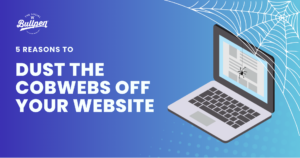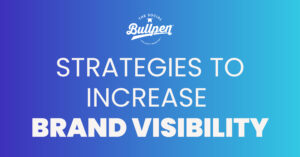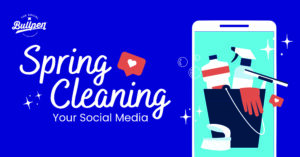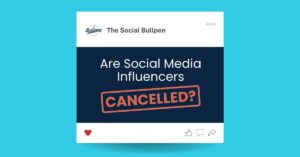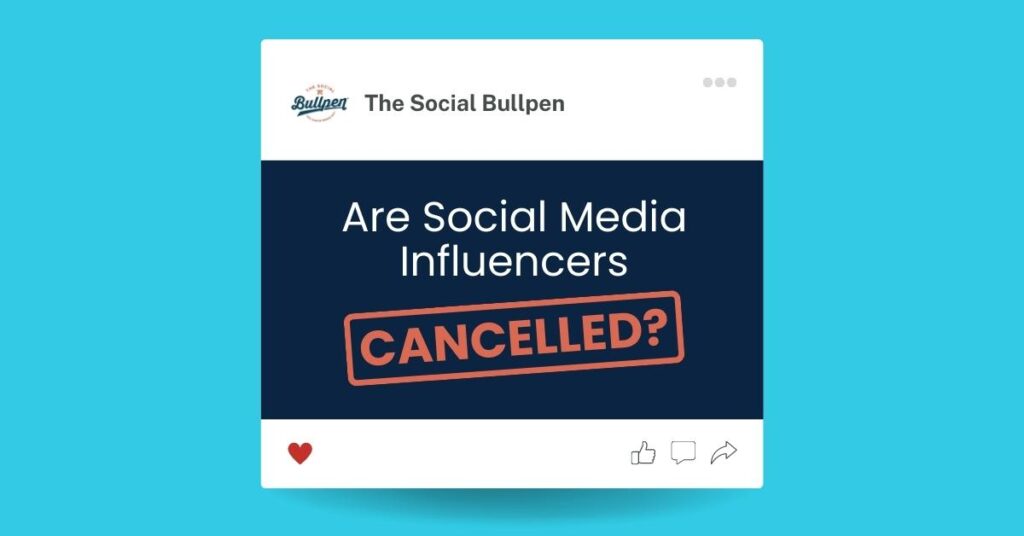
In a world where social media influencers seem to have taken over every aspect of our lives, it’s easy to feel overwhelmed and bombarded with messages to buy, buy, buy! But what if we told you that there’s a movement gaining momentum that’s all about taking back control of your purchasing power? That’s right–we’re talking about de-influencing.
What is De-influencing?
De-Influencing first debuted on TikTok, where the hashtag #deinfluencing has been viewed over 300 million times. This trending term is used to describe breaking free from the grips of influencer culture and regaining control over your purchasing decisions. Essentially, ”de-influencers” have begun telling their followers what not to buy by providing a counter argument to overhyped product recommendations.
In addition to debunking the deceptiveness of viral products, de-influencers are encouraging their audiences to steer their money elsewhere by providing cheaper alternatives and informing followers to make more sustainable and ethical choices.
Why De-influencing Matters
As marketers, we know the power of influencers– especially when it comes to acting on impulse. However, the power of the internet, mixed with just a sprinkle of cancel culture, has opened the pandora’s box of consumers fact checking influencers…and trust us when we say, they brought the RECEIPTS.
But as consumers become more skeptical of this model, it’s becoming increasingly clear that brands need to find new ways to connect and regain trust with their audiences.
How Can Brands Embrace De-influencing?
Be Authentic.
Authenticity is key when it comes to de-influencing. Consumers are looking for brands that are transparent about their values, practices, and products. This means that brands that can authentically demonstrate their commitment to sustainability, social responsibility, and ethical practices will be better positioned to succeed in today’s marketplace.
Be Engaging.
De-influencing is all about connecting with your audience on a deeper level. This means that brands need to be engaging, interesting, and relevant to their target demographic. Whether through social media, content marketing, or experiential marketing, finding ways to engage with your audience meaningfully is essential to de-influencing success.
Be Transparent.
Transparency is key. Consumers want to know what they’re buying, where it comes from, and how it was made. This means that brands need to be more open and honest about their production processes, sourcing, and supply chain.
Be Empathetic.
Brands that can understand their customers’ needs, desires, and concerns will be better positioned to succeed in today’s marketplace. By listening to your customers and understanding what they really want, you can create products and services that truly resonate with them.
So, Are Social Media Influencers Cancelled?
In short, most likely not. De-influencing is influencing. This is also not the first time we’ve seen anti-consumerism within this space and it likely won’t be the last, however, the collective “cry” from consumers for more credible partnerships and overall content experiences has been heard loud and clear.
Our advice to our marketing friends? Use the momentum of the new era of de-influencing to springboard into the next chapter of telling your brand story–one where trust and authenticity are always top of mind.
Written By:
